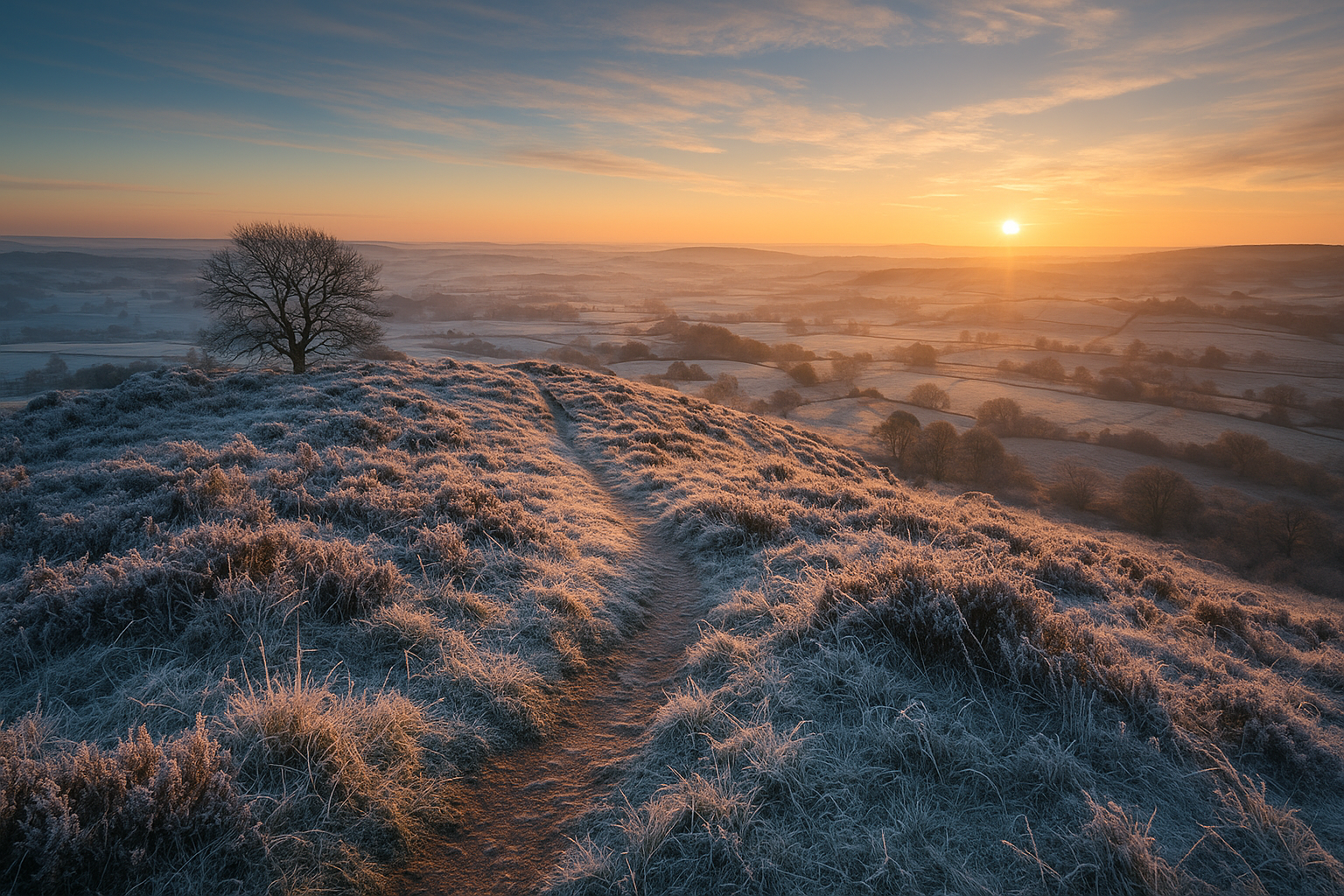Northumberland Through the Years: How It Has Changed
Northumberland, with its rolling hills, sweeping coastlines, and rich tapestry of history, has long held a special place in the story of England. Over centuries, it has evolved from a battleground of kingdoms to a tranquil retreat for nature and history lovers. Let’s journey through Northumberland’s past and see how it has transformed into the vibrant region we know today.
The Early Days: Kingdoms and Castles
In ancient times, Northumberland was part of the Kingdom of Northumbria, one of the most powerful Anglo-Saxon kingdoms. Its influence spread far, with figures like Saint Cuthbert shaping its religious and cultural heritage.
- Lindisfarne and Christianity: The Holy Island of Lindisfarne became a centre of early Christianity, producing the Lindisfarne Gospels, a masterpiece of medieval art.
- Defensive Fortresses: Castles like Bamburgh and Alnwick emerged to protect against Viking raids and later, Scottish invasions. These landmarks still stand, now drawing tourists rather than warding off enemies.
The Industrial Revolution
By the 18th and 19th centuries, Northumberland saw significant changes with the rise of industry.
- Coal Mining: Mining transformed the landscape and communities, with towns like Ashington and Bedlington at the heart of the coal industry.
- Shipbuilding: The Tyne became a hub of shipbuilding, bolstering the economy and creating jobs for thousands.
While industry flourished, it also brought challenges. Urbanization altered rural life, and mining left environmental scars that the region is still recovering from today.
Modern Transformations: Tourism and Conservation
As heavy industries declined in the 20th century, Northumberland shifted its focus to preserving its heritage and natural beauty.
- A National Park: Northumberland National Park, established in 1956, protects the region’s unique ecosystems and ancient sites, including Hadrian’s Wall.
- International Dark Sky Park: In 2013, Northumberland was designated a Dark Sky Park, making it a haven for stargazers and astronomy enthusiasts.
Preserving History and Welcoming Visitors
Northumberland has embraced its rich past, turning historic sites into thriving attractions.
- Restoration Efforts: Places like Warkworth Castle and Cragside House have been restored and opened to the public, blending history with family-friendly experiences.
- Film and TV Fame: Locations such as Alnwick Castle gained global fame as filming sites for Harry Potter, boosting tourism exponentially.
Challenges and Opportunities
Modern Northumberland faces the challenge of balancing preservation with progress. Investments in green energy, rural development, and tourism infrastructure aim to create sustainable growth while protecting its charm.
Conclusion
Northumberland’s journey from ancient kingdom to industrial hub to a sanctuary of history and nature is a testament to its resilience and adaptability. It’s a region where the past meets the present, offering a unique blend of heritage, natural beauty, and community spirit.
Today, Northumberland continues to evolve while staying true to its roots, welcoming visitors to explore its timeless landscapes and rich history.






